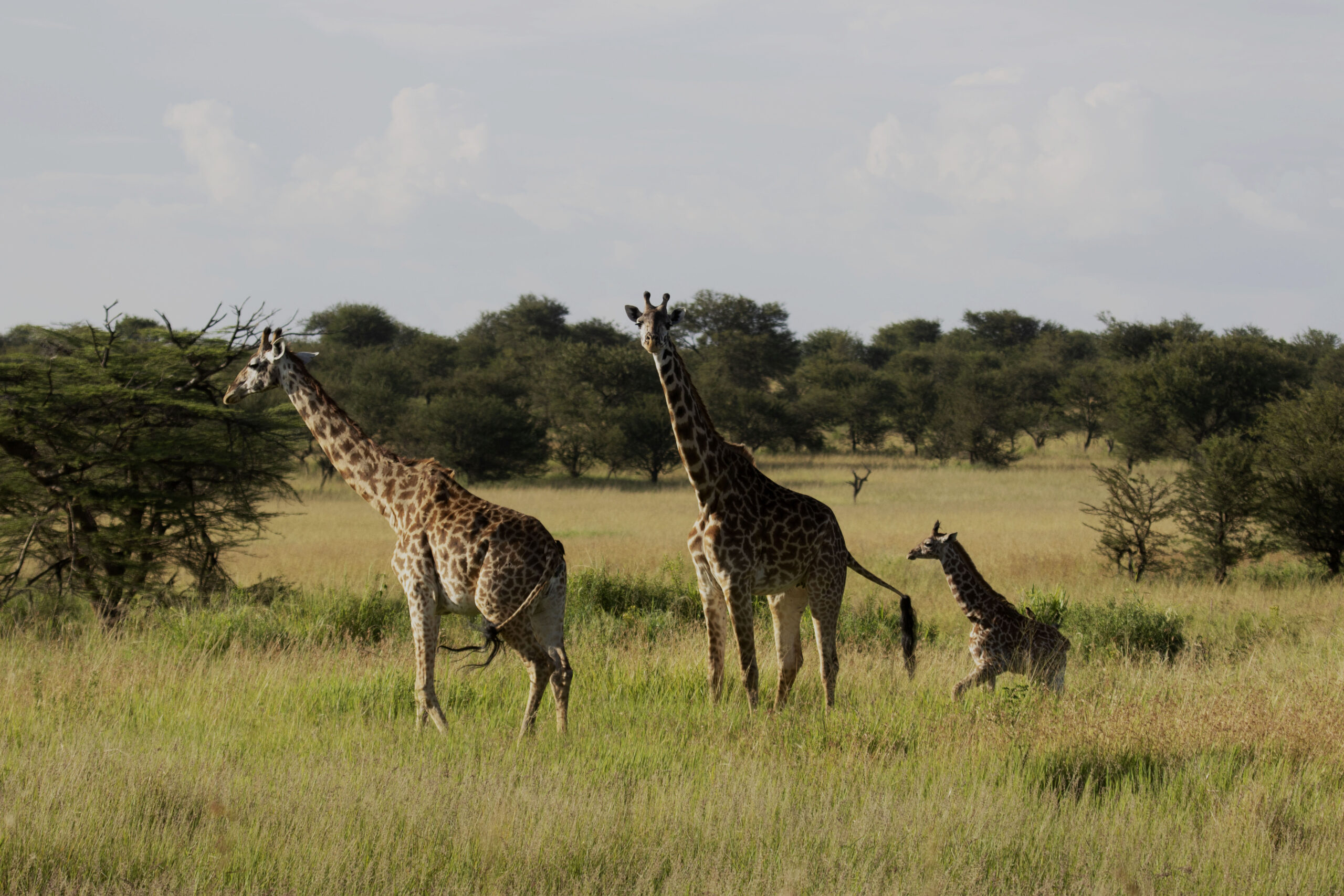Tarangire National Park
Tarangire stands out among its peers thanks to an abundance of two of nature’s giants: African elephants and the peculiar baobab tree. Large predators and typical plains game are numerous throughout the dry season.
About Tarangire
Considered by many safari aficionados as Tanzania’s best-kept safari secret, the Tarangire National Park was proclaimed in 1970, enlarging the area of its predecessor to incorporate more of the greater Tarangire ecosystem. Tarangire is Tanzania’s 6th largest national park, encompassing an area of some 2850 km² (1100 mi²), nearly the size of the state of Rhode Island (USA) or Luxembourg (EU).
It is named for the Tarangire River which runs from south to north through the reserve. ‘Tarangire’ is said to mean “winding river of warthogs” and while these are plentiful, there is much more to the park that makes it a worthwhile destination.
Overlooked by many as one has to detour slightly from the ever-popular Northern Safari Circuit, the Tarangire National Park is a vast haven for species also found in the more popular national. It has several species not found in the other locations, such as the fringe-eared oryx
It receives considerably fewer tourists, meaning that there is generally less congestion at wildlife sightings and visitors experience an enhanced sense of being in the wilderness. Tarangire stands out among its peers thanks to an abundance of two of nature’s giants: African elephants and the peculiar baobab tree. Large predators and typical plains game are numerous throughout the dry season. During the dry season, the perennial Tarangire river is the only reliable water supply, attracting vast herds of game and attendant predators. With the rains, the wildlife disperses and many roads become impassable.
Highlights
Elephants
some 3000 elephants converge on Tarangire during the dry season, with herds up to 300 strong. Excellent sights year-round.
Baobab Trees
an abundance of these peculiar ‘upside-down trees’ are found within the park. Visitors can walk inside the “Poacher’s Hide” tree.
Bird-watching
A bird lover’s paradise, with over 500 species, including rare endemic species and summer migrants.
Rock Paintings
Hundreds of these artworks from prehistoric man can be found, particularly in the Kolo district, outside of the park.
Mini-Migration
Tanzania’s second largest migration occurs when wildlife converges on the Tarangire River during the dry season.
Unusual Species
Fringe-eared Oryx, the rare Coke’s hartebeests, long-necked gerenuk, dik-dik, grant’s gazelles, amongst others.
Predators
very good sightings of lions, cheetahs, leopards, and spotted hyenas. Also the possibility of highly endangered African wild dogs.

